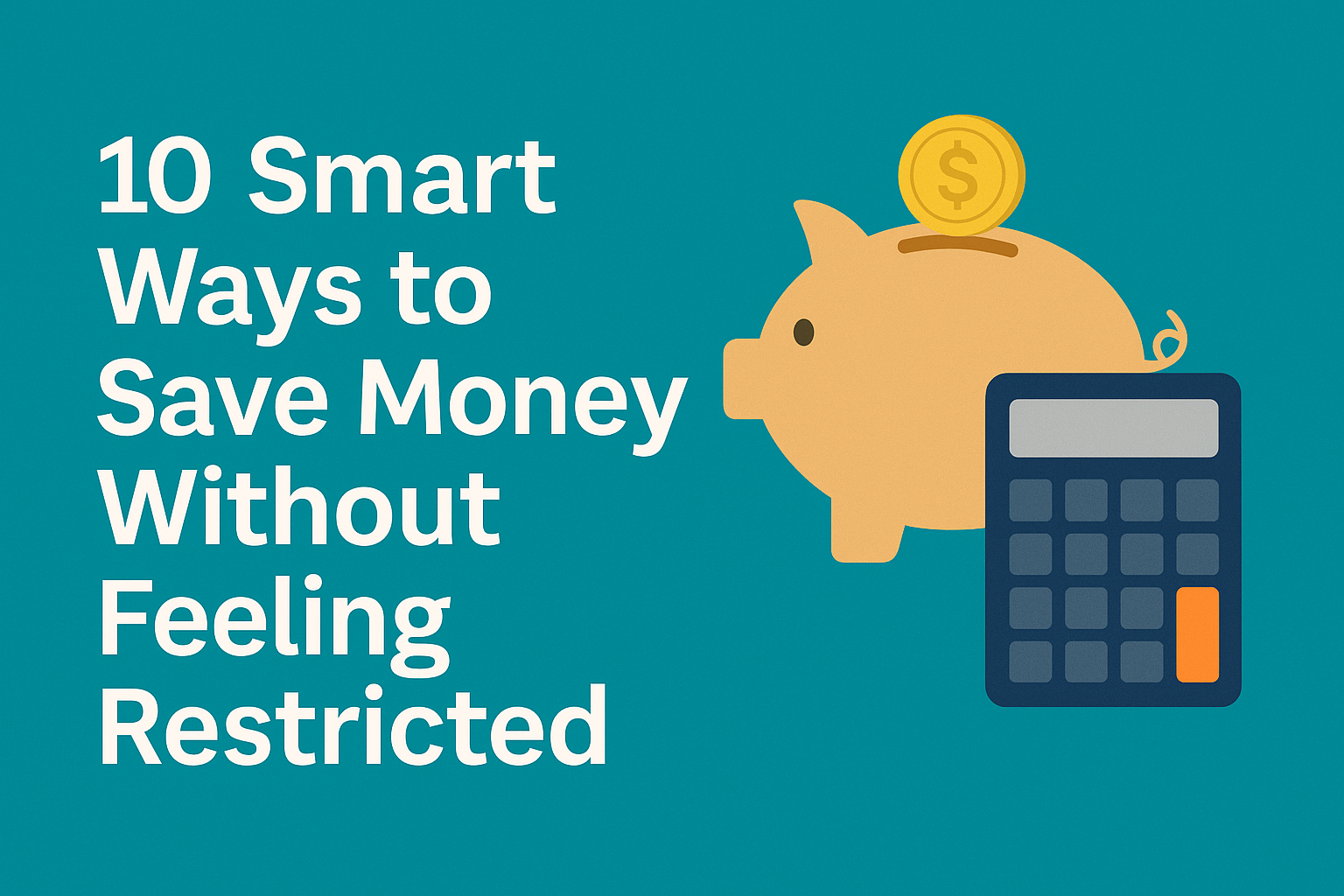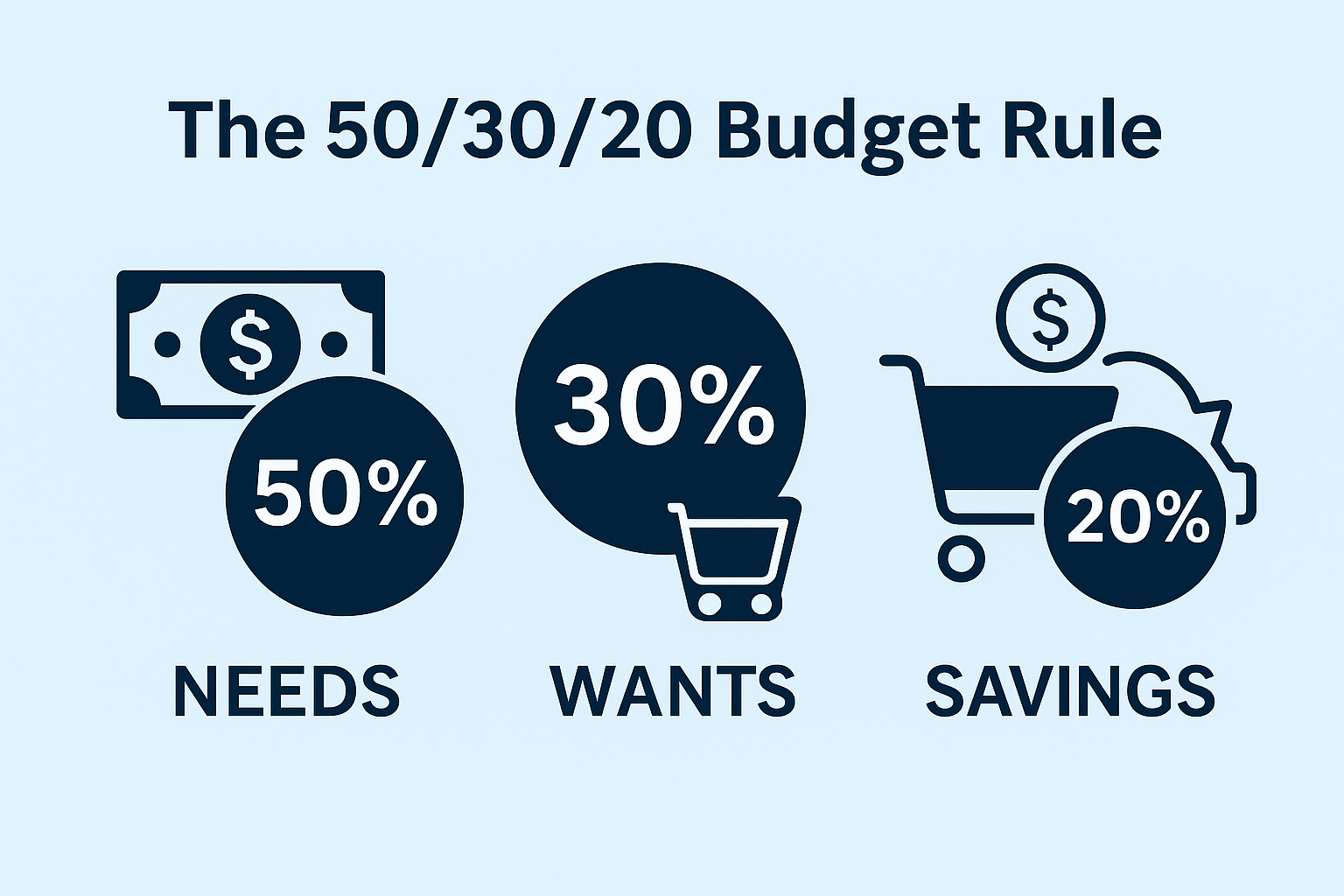Everyone knows they should budget — but few actually do it successfully.
Most people either give up after a month or end up with a spreadsheet that collects dust.
In 2025, with rising living costs and unpredictable income streams, having a budget that actually works isn’t optional — it’s essential.
The good news? You don’t need to be a finance expert to take control.
You just need a plan that’s simple, realistic, and flexible.
Here’s how to build a monthly budget that truly fits your lifestyle.
1. Start with Your Real Numbers, Not Estimates
Before you plan where your money should go, find out where it’s actually going.
📋 Step 1: Track your spending for 30 days.
Use tools like Mint, You Need A Budget (YNAB), or Google Sheets to categorize your expenses automatically.
💡 Focus on accuracy, not perfection.
Include everything — groceries, gas, subscriptions, even that $6 coffee.
Once you see the numbers clearly, you’ll probably notice:
- Hidden leaks (subscriptions you forgot about)
- Overspending in specific categories
- Opportunities to save immediately
(Related: 10 Smart Ways to Save Money Without Feeling Restricted)
2. Calculate Your Monthly Income
This step sounds easy — but it’s where many people go wrong.
💰 Include:
- Salary after taxes
- Side hustles or freelance income
- Bonuses, commissions, or tips
- Any passive income (dividends, rental income, etc.)
⚠️ Important: If your income fluctuates (e.g., self-employed), calculate your 3-month average or budget based on your lowest earning month.
That way, your plan stays realistic and sustainable.
3. Use the 50/30/20 Rule as Your Foundation
The classic 50/30/20 rule is simple, flexible, and timeless — and still works perfectly in 2025.
Here’s how to split your income:
| Category | Percentage | Example (on $4,000 income) |
|---|---|---|
| 🏠 Needs (Rent, food, bills) | 50% | $2,000 |
| 🎉 Wants (Dining, entertainment, travel) | 30% | $1,200 |
| 💼 Savings & Debt Repayment | 20% | $800 |
💬 Tip: Adjust percentages slightly depending on your situation — for instance, if you live in a high-rent city, make “needs” 55% and reduce “wants” to 25%.
(Related: The 50/30/20 Budget Rule Explained for Beginners)
4. Prioritize Saving Before Spending
Most people try to “save what’s left” — and that’s why saving rarely happens.
💡 Flip the formula:
Pay yourself first.
Set up automatic transfers to your savings or investment accounts right after payday.
Recommended split:
- 10% to emergency fund
- 5% to long-term investments (index funds, ETFs)
- 5% to short-term goals (travel, car, etc.)
📈 Over time, those small consistent transfers compound into life-changing stability.
(Related: Emergency Fund 101: How Much Do You Really Need?)
5. Simplify Your Spending Categories
Overcomplicated budgets fail because they require too much maintenance.
Keep it simple with 5–7 categories max, such as:
- Housing
- Transportation
- Food
- Entertainment
- Savings/Debt
- Miscellaneous
📊 Pro Tip: Use a budgeting app that visualizes your spending automatically — like YNAB, Monarch Money, or PocketGuard.
6. Adjust Every Month (Not Once a Year)
Life changes — your budget should too.
Rent increases, new subscriptions, or unexpected repairs can all disrupt your balance.
That’s why reviewing your budget monthly is key.
💬 Ask yourself:
- Did I overspend in any category?
- Did I hit my savings goal?
- What can I tweak for next month?
📅 A 10-minute review keeps you accountable and ensures your budget always fits your current reality.
7. Use Technology to Stay Consistent
AI-powered finance apps in 2025 make budgeting almost effortless.
Some great ones include:
- Copilot Money — integrates with ChatGPT for spending analysis
- YNAB — teaches you to “give every dollar a job”
- Cleo — a fun AI chatbot that tracks spending with humor and reminders
💡 Automation eliminates the hardest part of budgeting: remembering to stick with it.
Final Thought
Creating a budget that works isn’t about restriction — it’s about freedom.
It’s knowing where your money goes, so you can tell it where to go next.
Start small, track consistently, and adjust as you grow.
Because the goal isn’t to live cheaply — it’s to live intentionally.
(Also read: How to Pay Off Credit Card Debt Fast in 2025)

